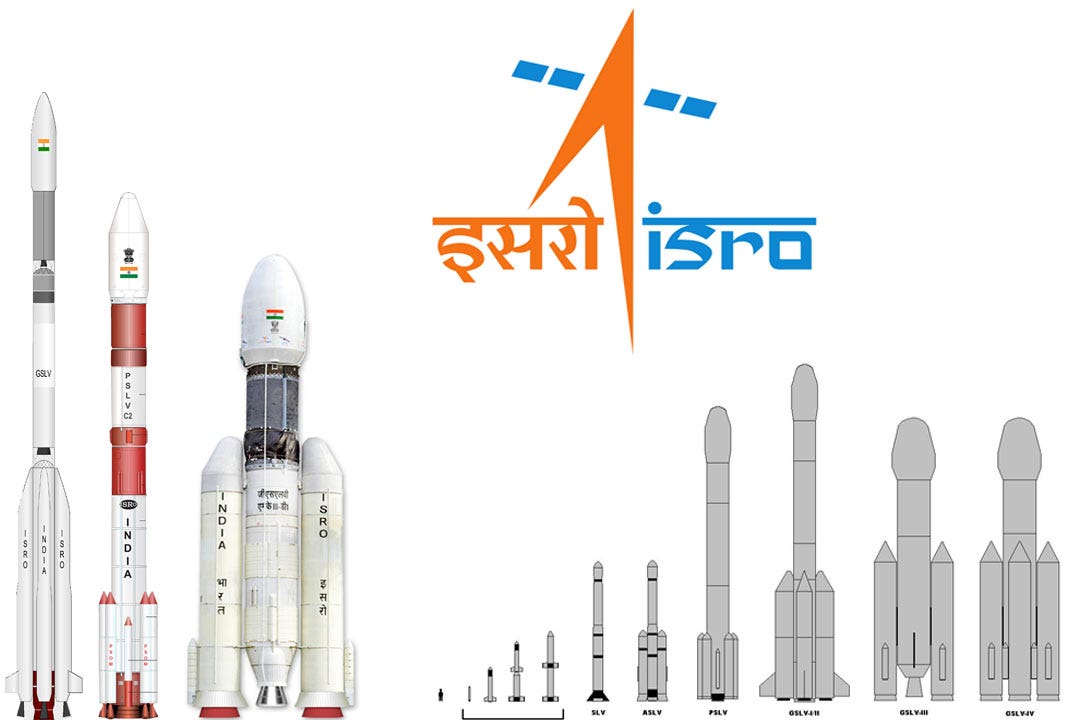Bengaluru-based space technology start-up, Pixxel, is on its way to create history — the Indian Space Research Organisation (ISRO) will launch Pixxel’s first satellite ‘Anand’ as part of its commercial operations early next year.
Boeing F/A-18 Super Hornet ‘Ready’ For Indian Navy As It Clears ‘Ski-Jump’ Test
Anand will be the first private remote-sensing satellites that the Indian space agency will be launching using its PSLV rocket, The Hindu reported. And Anand is among the 30 earth imaging satellites (EOS) that Pixel aims to develop over the next two years.
The US space agency NASA is the undisputed leader in space research today. Of the 2,666 active satellites orbiting the Earth as of March 31, 2020, 1,327 belong to the US, according to Statista. China and Russia are in second and third positions with 363 and 167 satellites respectively.

Built on a B2B model, this little-known Indian space company has evolved very recently in 2019. With a small team of around 40 people with entrepreneurial zeal, Pixxel has ambitious plans up its sleeve. Also, it came on the horizon at the right time since India liberalized and deregulated the space sector very recently.
The creation of IN-SPACe by the Department of Space and ISRO for helping the private sector to become a part of the flourishing space launch business worth more than $40 billion has opened up a plethora of opportunities. From Pixxel, Agnikul Cosmos, Skyroot Aerospace to Bellatrix Aerospace, a bunch of Indian space companies have evolved.
#PSLVC50 lifts off successfully from Satish Dhawan Space Centre, Sriharikota#ISRO #CMS01 pic.twitter.com/9uCQIHIapo
— ISRO (@isro) December 17, 2020
Though they are starting small but have big plans. While SpaceX of Elon Musk has revolutionized the very concept of commercial space missions, ISRO is taking big initiatives to promote the growth of the indigenous space industry in India.
Launched in February 2019 by two young undergraduate BITS Pilani students — Awais Ahmed and Kshitij Khandelwal — this company was able to secure initial funding from GrowX Ventures and a few other VCs in the month of May. Within a short span of time, Pixxel became the only Asian start-up that got selected for the TechStars Starburst Space Accelerator program.
This prestigious program was conducted under the stewardship of NASA, and US Air Force and Lockheed Martin were major partners in it. As recently as August 2020, Pixxel was able to secure a second round of funding from Lightspeed, Blume, GrowX, and a few others.
An earth observation satellite (EOS) is designed for the observation of Earth from orbit. Mostly used for civilian uses such as cartography, meteorology, environment, and impending natural disasters, its usage has grown significantly for strategic purposes of late. Countries such as the US, Russia, and China have sent a number of earth observation satellites into orbit for military use.
India reportedly too, has six to eight exclusive military satellites belonging to EMISAT, Cartosat-2, Risat-2, and GSAT-29 series for strategic purposes.
#CMS01 nears its orbital home after completion of orbit raising maneuvers. The satellite's reflector has been deployed.
Satellite will be available to users for communication services after completion of payload In-orbit testing in first week of January 2021.
— ISRO (@isro) December 21, 2020
Among the most active satellites, 2,032 are in the low-earth orbit (LEO). Sending satellites into LEO is more prevalent on account of their positioning, which could be at an altitude of 160 to 1000 km.
Placement at comparatively lower altitudes enables them to take images of higher resolutions. And many of such images could be for dual purposes, civilian and military. India’s HysIS (Hyper Spectral Imaging Satellite) is one such example that has extensive dual usage.
With India facing big military challenges on its eastern and western borders from China and Pakistan, EOS could turn out to a very effective strategic tool.
Keeping an eye on the movement of hostile troops, weapons, and armaments and their tactical positioning, such satellites in low-earth orbit (LEO) will be able to provide real-time data to the military for operational planning.
Initially, Pixxel intends to use its EOS for all civilian purposes such as monitoring the increasing incidents of forest fires, detection of oil spills, air and water pollution levels, crop diseases, and mapping of significant geological changes being witnessed on account of climate changes.
Its first launch on PSLV-C51, likely to be in February 2021, has been described as special by ISRO chairman Dr K Sivan. He called it special because within eight months of reforms in the space sector, Pixxel, a private sector start-up, is all geared up to launch its first EOS into orbit.
The scheduled ISRO launch will have Amazonia, a Brazilian EOS as the primary load while Anand will be given company by UNIT-SAT and SATISH-SAT, two other Indian satellites.
Follow EurAsian Times on Google News




